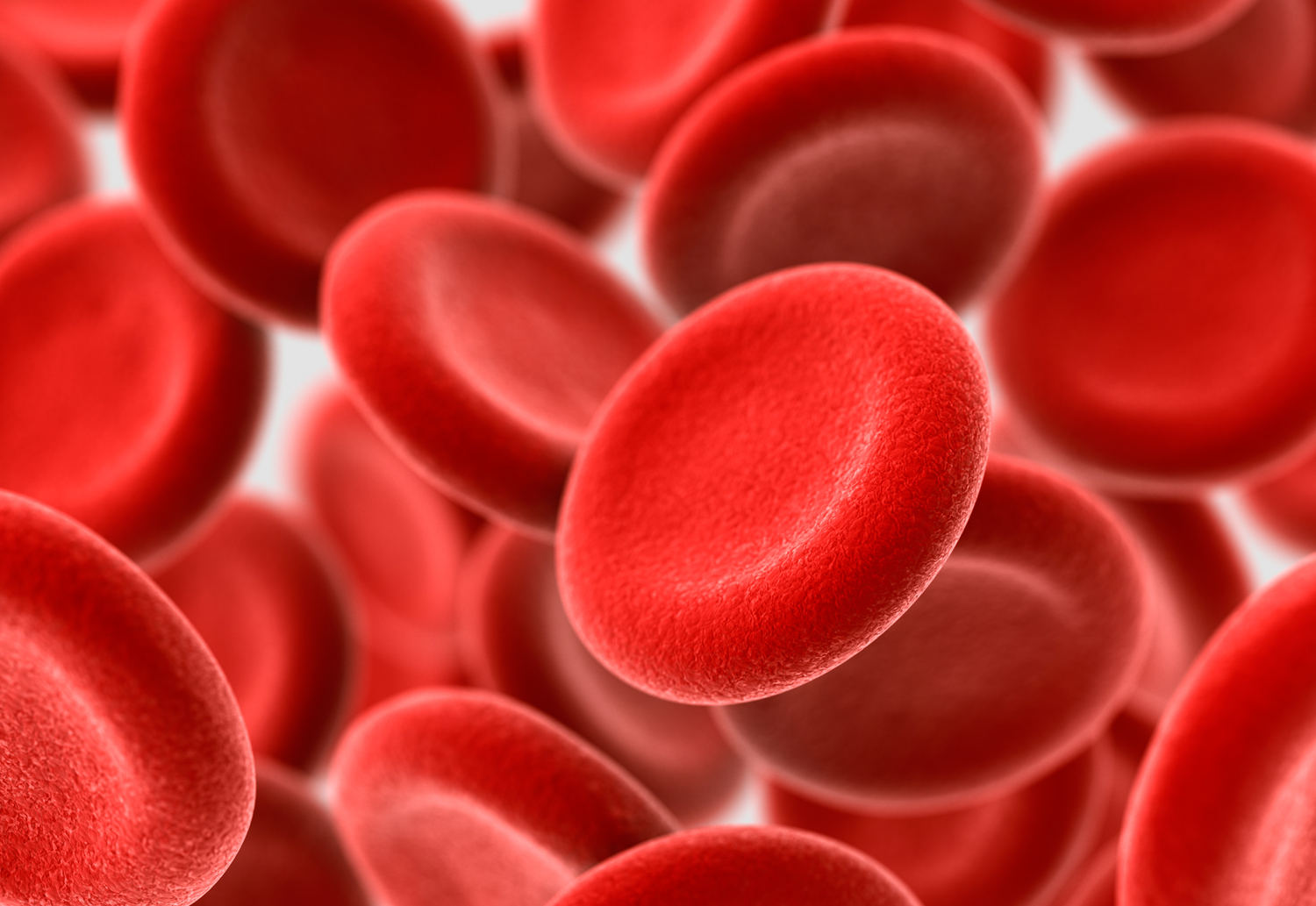
For a pregnant lady with a normal level of iron in her blood, it is not compulsory to consume an iron supplement; some people might consume it as a precautionary measure, but studies involving more than 40, 000 women show that there are no noticeable health benefits for the pregnancy or the baby. Although iron supplements were found to lower the risk of anaemia, they did not influence the number of preterm births, the number of babies with low birth weights, or infections in pregnant women.
However, it is important to know some of the examples of iron-rich foods that can be beneficial during pregnancy and for overall health, such as pistachios, sesame, rolled oats, whole grain rice and pasta, tofu, strawberries, tuna, shrimp, lettuce, chickpeas, peas, meat, and internal organs (liver).
In conclusion, we normally get iron from the food we eat. Meat has a lot of iron in it from haemoglobin in the animal’s body. The liver (internal organ) is particularly high in iron. Other than these foods, iron can be taken in the form of iron supplement too.
Reference:
1. Pregnancy and birth: Do all pregnant women need to take iron supplements? December 22, 2009. Last update March 22, 2018. National Library of Medicine. National Centre of Biotechnology Information. National Institute of Health (NIH).




